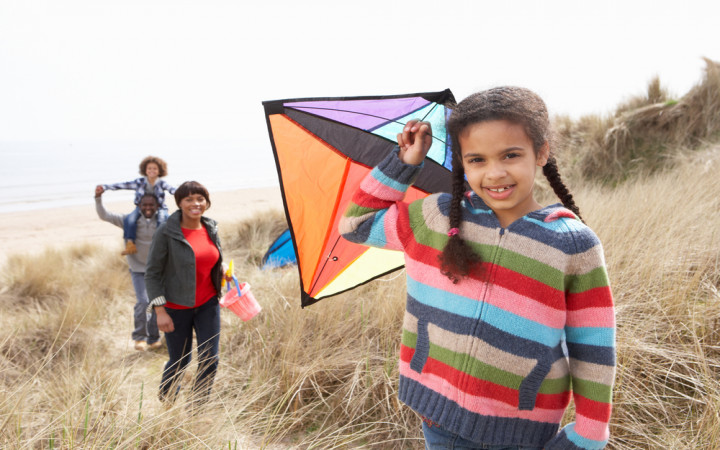No one knows for sure who first attached a paper membrane to a stiff frame with string and watched it float off in the breeze. Traditionally, historians give credit for the invention of the kite to the Chinese. They admit, though, that China may get credit simply because its history has been well-preserved in written records.
One popular Chinese legend tells the story of a Chinese farmer who tied his hat to his head with a piece of string to keep it from blowing away. In a stubborn wind, the hat nevertheless managed to float off for a ways with the farmer trailing behind it holding the string. Thus, the legend says, the kite was born.
Modern historians have found evidence in the oral histories of Malaysia, Indonesia, Hawaii, Polynesia and New Zealand that indicates that kites may have been independently invented in these areas at about the same time they were first seen in China.
If we look solely at written history, though, Chinese philosopher Mo-tse was arguably the first person ever to build a kite. Mo-tse lived from approximately 468 B.C. to around 376 B.C.
Written records indicate that he created a kite in the shape of a bird over the course of three years and then flew it only one day. Based on these records, it's safe to say the kite has been around for at least 2,300 years!
The Chinese created a holiday — the Festival of Ascending on High — based on their love of kite flying. On the ninth day of the ninth month each year, the Chinese celebrate by flying kites.
Kites eventually made their way from Asia to the rest of the world. Marco Polo is given credit for bringing the kite to Europe after his trips to China.
Today, millions of people around the world, both young and old, fly kites just for the pure joy of it. But kites have served many purposes beyond entertainment.
In ancient China, General Han Hsin flew a kite over an enemy compound and used the length of the kite string to estimate how far his soldiers would need to tunnel to get inside.
Hundreds of years later, scientists used kites as tools for experimentation. Alexander Wilson used kites to lift thermometers high into the atmosphere to measure temperatures.
Of course, the most famous scientific experiment involving a kite has to be Ben Franklin's legendary use of a kite and a metal key to study lightning during a thunderstorm.
Kites still serve important purposes today. In addition to being a favorite toy of children around the world, kites are used by fishermen to lay bait. They are also used by photographers to take pictures with a bird's-eye view.




